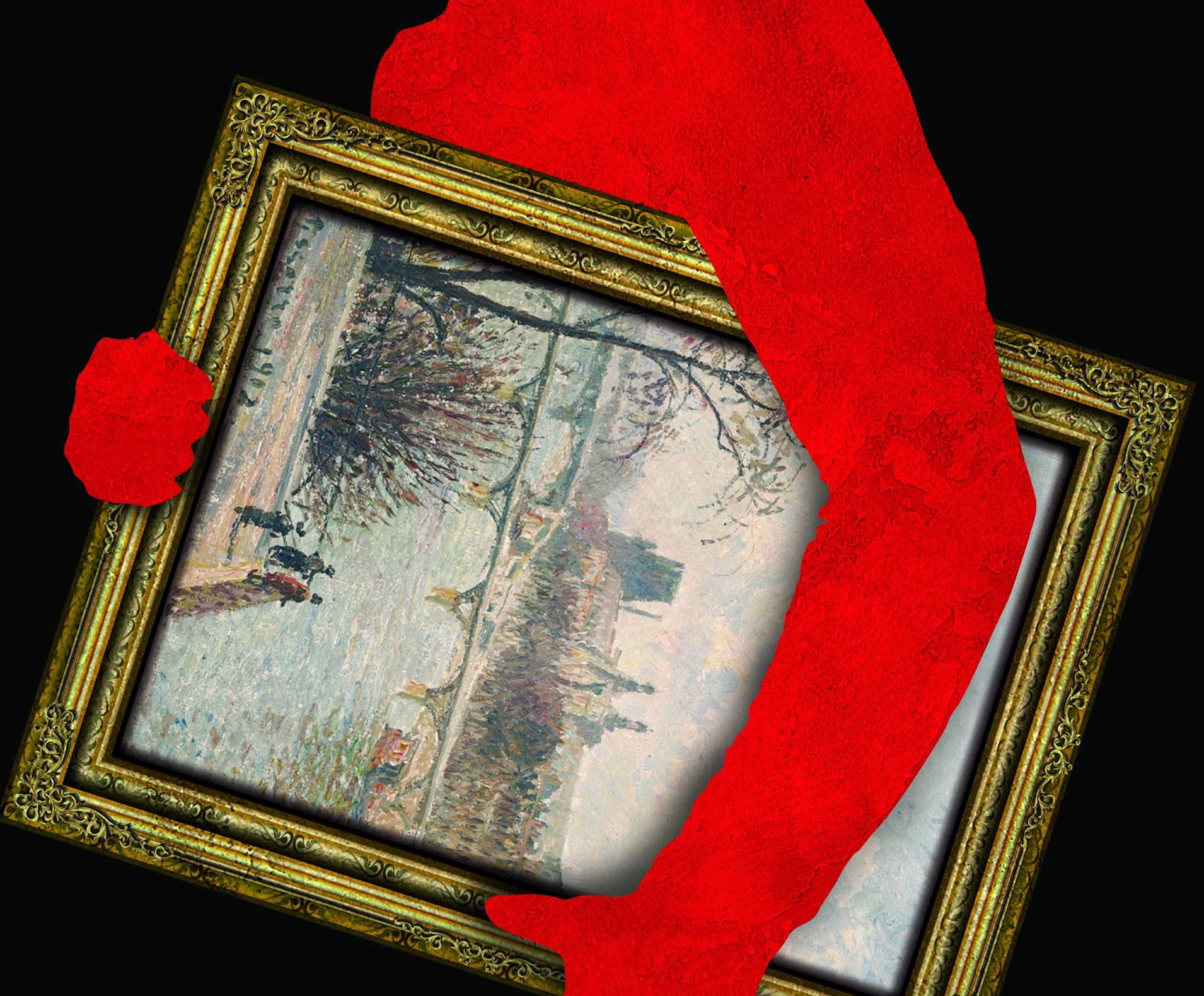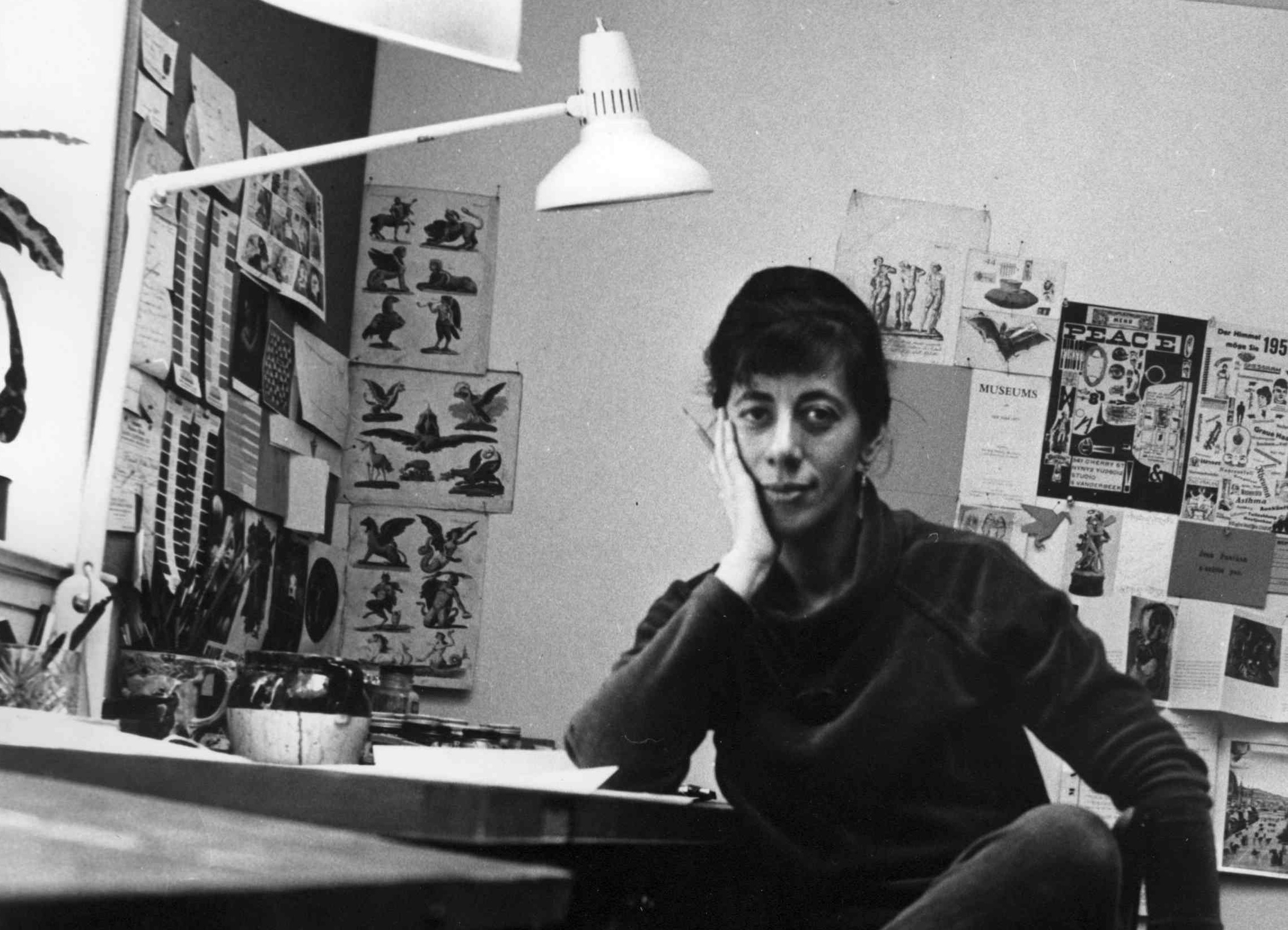The “Red Orchestra” Anti-Nazi Group in Berlin, 1933-1942
Film Screening and Discussion with Director Stefan Roloff, Berlin (Germany)
Join film director Stefan Roloff in conversation with Rachel Stern about the The Red Orchestra, a Berlin-based resistance group that fought against the Nazis from 1933 to 1942. A special focus will be artist Rainer Küchenmeister (1926-2010), who became a painter while incarcerated at the age of sixteen, inspired by a fellow female inmate and resister who was later beheaded. After the war his work was shown at documenta among other venues. Between January 21 and 29, you can view The Red Orchestra on your home device. A link will be provided to all who register: REGISTER HERE WATCH THE TRAILER: The Red Orchestra (2003) is a documentary by Stefan [...]














